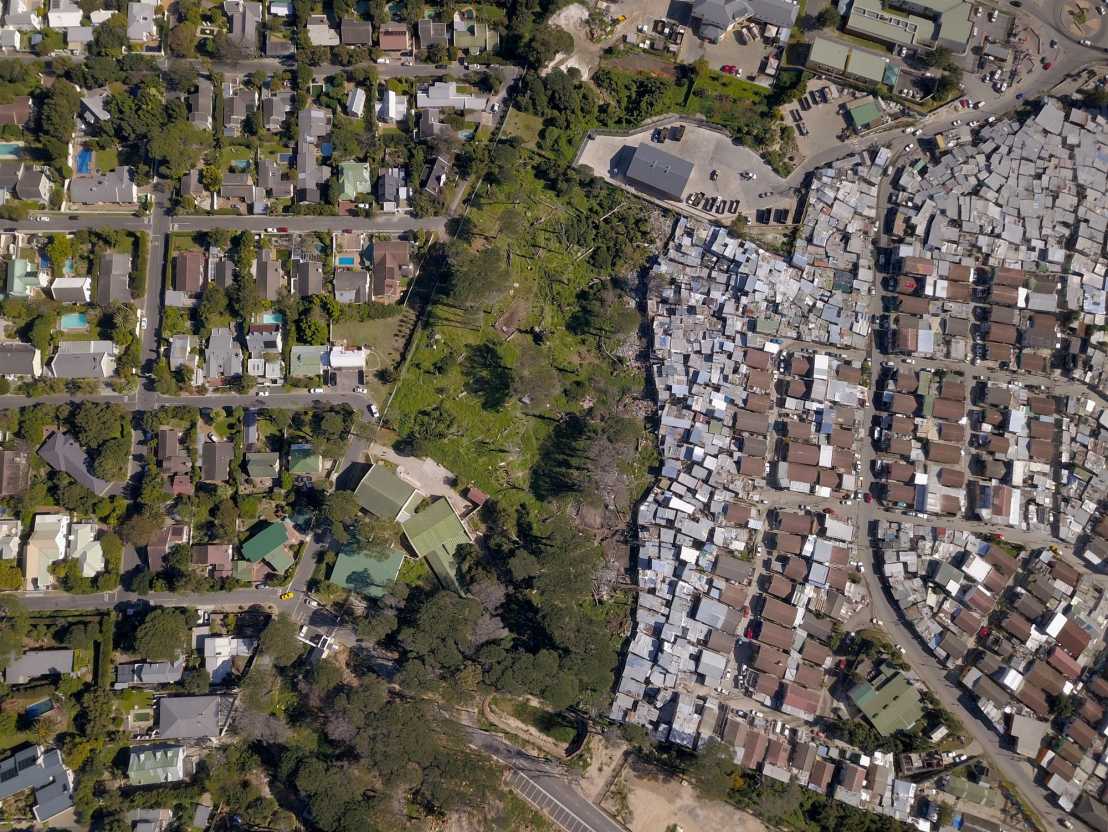Study: The role of socioeconomic inequalities in South Africa’s high crime rates.
A new study analyzes the relationship between socioeconomic inequalities and local crimes rates in South Africa. It finds a particularly strong association of higher income inequality and racial heterogeneity with increased rates of violent crime.

With a Gini Index of 0.67, South Africa has one of the highest levels of income inequality worldwide. The country is also known for very high levels of crime, especially violent crime, with around 75 murders per day.
Against this background, a recent study by NADEL’s Nicolas Büttner, published in The Journal of Economic Inequality, analyzes the link between inequality and crime at the local level in South Africa. The study considers various inequality dimensions (income, education, health, racial heterogeneity) and both violent and property crimes. For this, Nicolas combined crime records from the South African Police Service with socio-economic data from two population censuses and household surveys.
In line with Strain Theory, the study finds a strong and robust association between violent crime and income inequality as well as racial heterogeneity. The theory suggests that relative deprivation fosters criminal behavior through frustration and social alienation. The study further finds that rising income inequality is associated with more property crimes, yet this is mitigated by protective measures in high-inequality areas. Lastly, the inequality-crime link is particularly strong in South Africa’s metropolitan municipalities.